FighterJock
ACCESS: Above Top Secret
- Joined
- 29 October 2007
- Messages
- 5,607
- Reaction score
- 5,936
I hope that NASA can stop OSIRIS-Rex leaking anymore rocks and soil and return a useful science payload back to Earth for study.

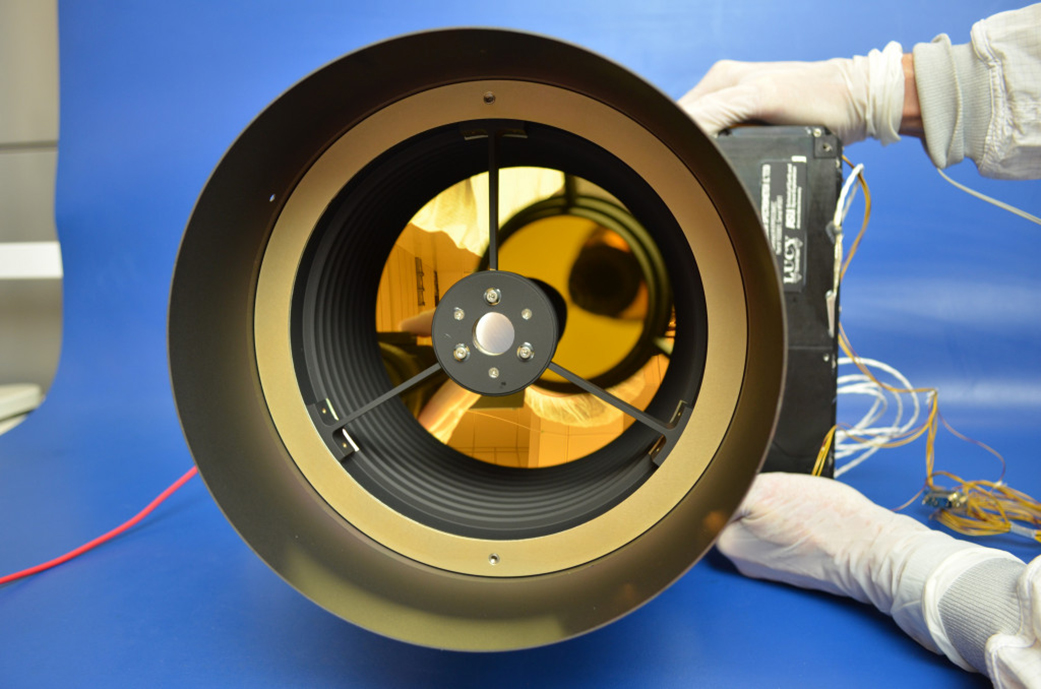

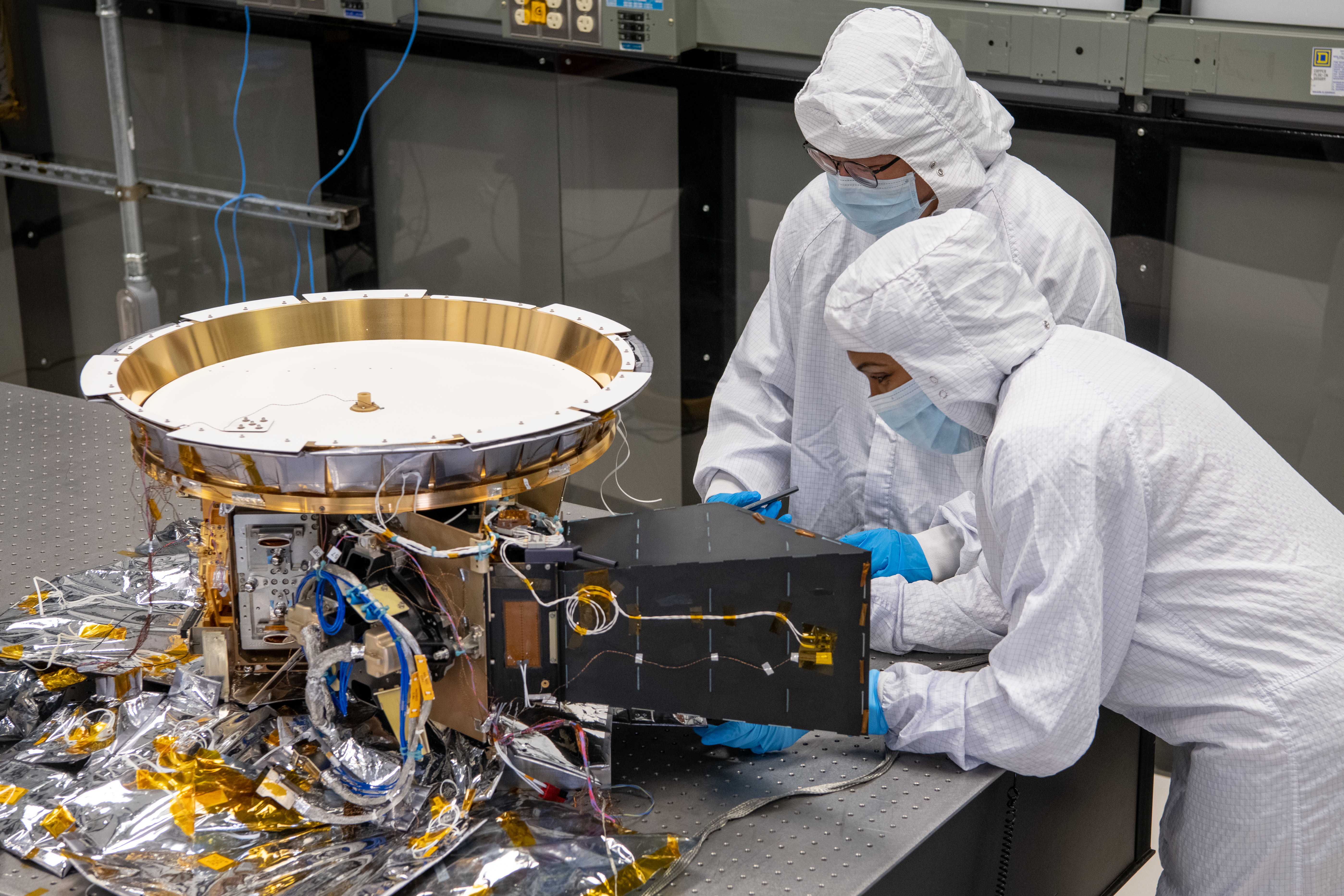
Last October, our @NASASolarSystem OSIRIS-REx spacecraft briefly touched down & collected a sample from asteroid Bennu. Before departing for the journey back to Earth, it'll make one last close flyover to observe the sample site: https://go.nasa.gov/3rIG05U
#ToBennuAndBack
Maxar has built over 35 satellites with solar electric propulsion, using an active hall-effect thruster, including a commercial geo-conformation that exclusively uses the technology. This approach reduces fuel mass by 80% relative to traditional chemical fuel propulsion systems, allowing more allocation for revenue-generating payload mass. And this is a good thing, especially for our commercial customers who are constantly looking for ways to increase the capital efficiency of their operations.
On Slide 9, we showcase the Psyche mission as an example of how this technology can be used in deep space. As a reminder, Psyche is a NASA emission to explore a metallic asteroid. The mission will require the spacecraft to be on orbit for years and to travel 1 billion miles.
To get this done, we're using a more powerful hall-effect thruster than those used in the typical mission orbiting Earth. In fact, this will be the first time that a hall thruster has been used beyond lunar orbit, and as such, is a groundbreaking mission that could lead to a different approach in how spacecraft are powered and deep space going forward.

Our #LucyMission will become the first-ever mission to travel to the Trojan asteroids when it launches on a @ULAlaunch Atlas V 401 rocket this fall. Here's the assembled nose cone, ready to protect the spacecraft on its way out of Earth's atmosphere.
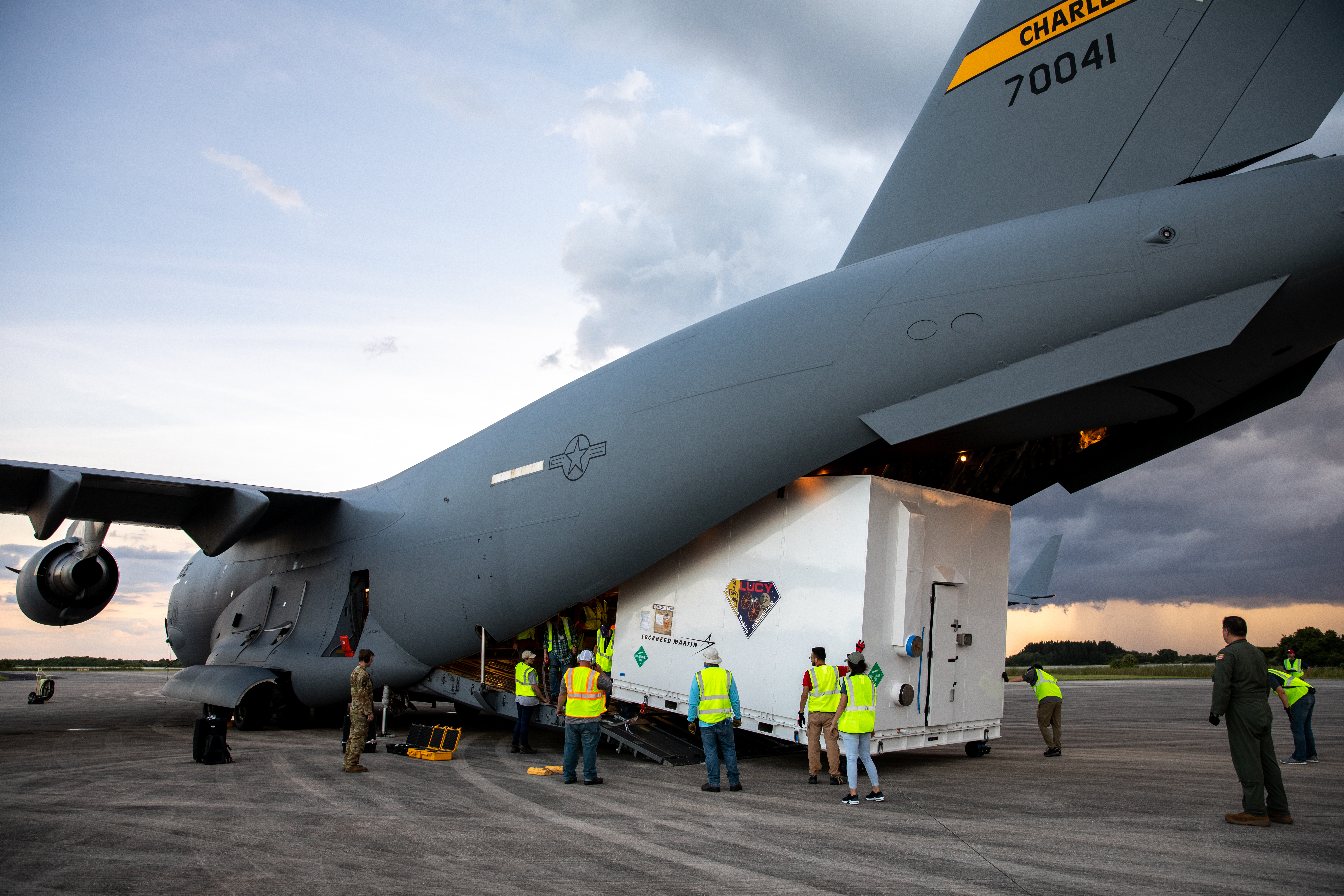
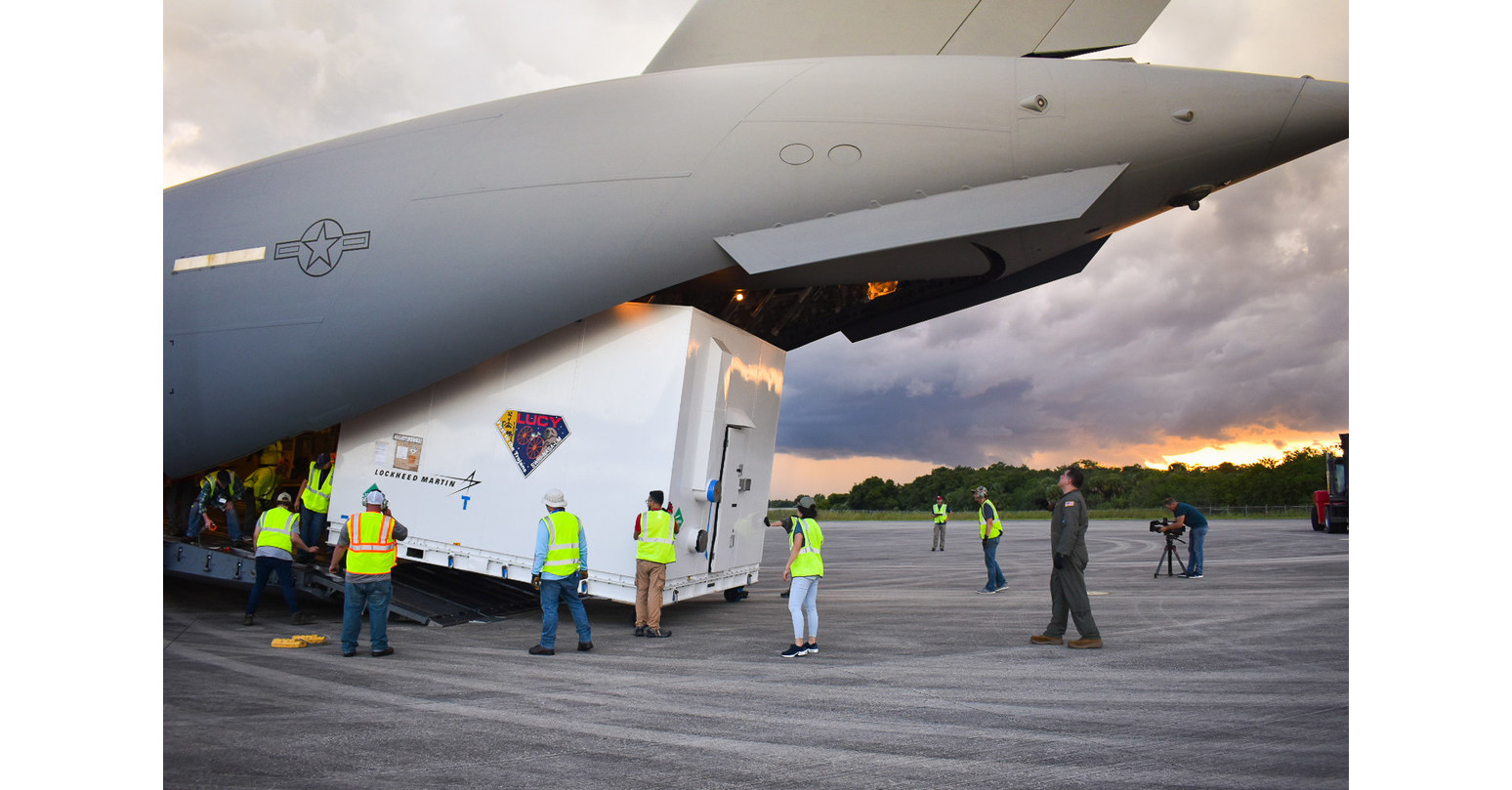
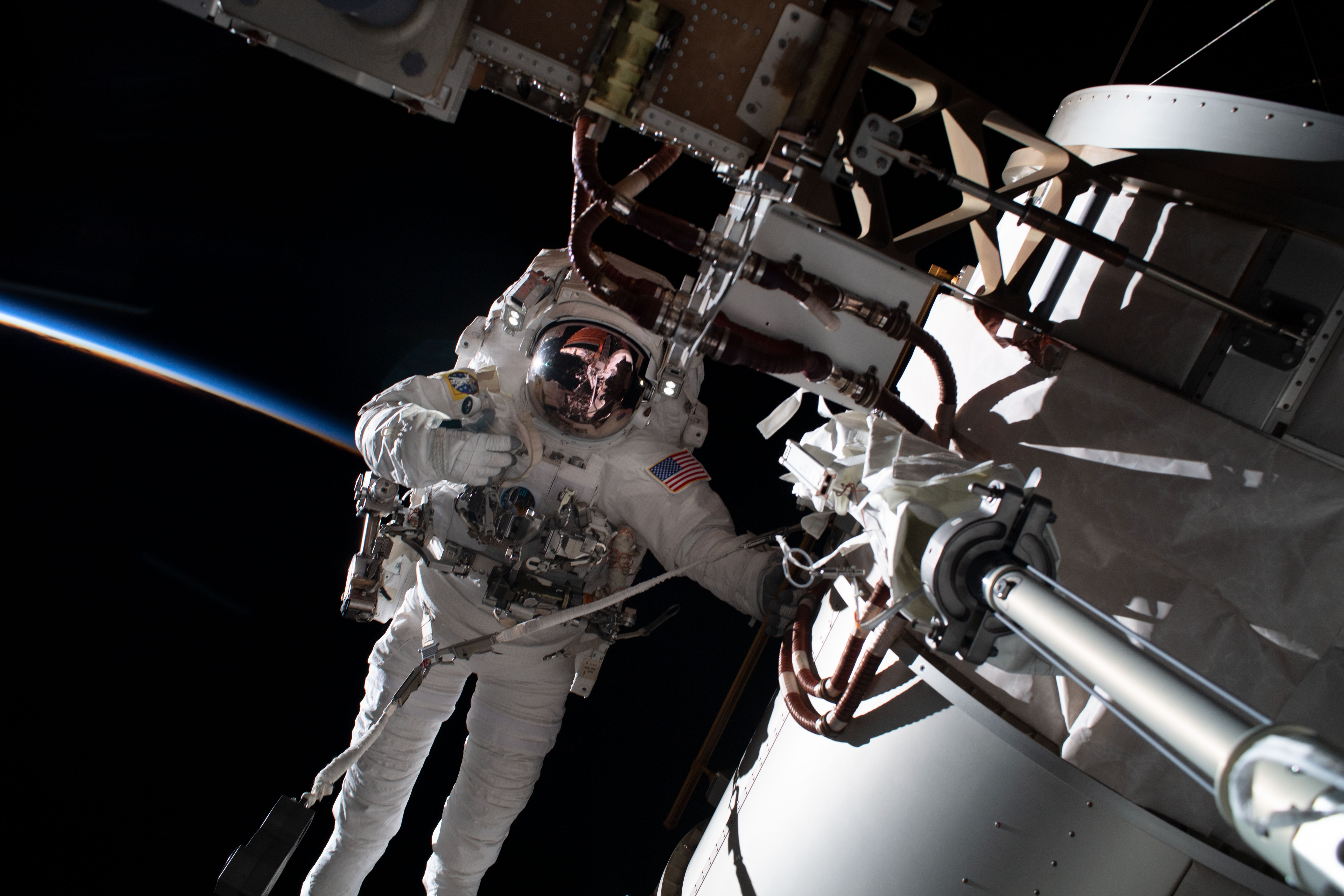

Oh look!
On the morning of November 24, 1974, a hominid with 3.2 million years was discovered near the Awash River in Ethiopia. That first evening they celebrated at the camp; at some stage during the evening they named fossil AL 288-1 "Lucy", after the Beatles' song "Lucy in the Sky with Diamonds", which was being played loudly and repeatedly on a tape recorder in the camp.Oh look!
Lucy's in the Sky with Diamonds!
Sorry to quote myself but did anyone see the ridiculous reporting of this as if it was certain to hit us tomorrow. In fact it’s still 99.4% not to hit us, and anyway this event isn’t until 2185.Using data collected by Osiris Rex they’ve been able to rule out Bennu hitting Earth in 2135, and that has only a 0.6% chance of hitting Earth in 2182
View: https://youtu.be/5nMDWS8AwJY
Sorry to quote myself but did anyone see the ridiculous reporting of this as if it was certain to hit us tomorrow. In fact it’s still 99.4% not to hit us, and anyway this event isn’t until 2185.Using data collected by Osiris Rex they’ve been able to rule out Bennu hitting Earth in 2135, and that has only a 0.6% chance of hitting Earth in 2182
View: https://youtu.be/5nMDWS8AwJY
No it’s 0.6% chance of hitting us and a 99.4% chance of not hitting us. Sorry for any confusion.Sorry to quote myself but did anyone see the ridiculous reporting of this as if it was certain to hit us tomorrow. In fact it’s still 99.4% not to hit us, and anyway this event isn’t until 2185.Using data collected by Osiris Rex they’ve been able to rule out Bennu hitting Earth in 2135, and that has only a 0.6% chance of hitting Earth in 2182
View: https://youtu.be/5nMDWS8AwJY
If Bennu only has a 99.4% chance of hitting us in 2185 then there is nothing to worry about it now, it may be something to worry about for our future ancestors in 2185.
Is anyone able to work out roughly what the force would be if it did hit Earth?With a mass of 10^10 kg, work to deflect it would have to start long before 2185.
An asteroid that large will be bad: Impact equivalent to 1-30 GT of TNT, depending on impact speed.
It will destroy an area several hundred km in diameter, and can cause global winter due to atmospheric dust. Getting close to exctinction level.
Isn’t that part of Elon’s thinking.An asteroid that large will be bad: Impact equivalent to 1-30 GT of TNT, depending on impact speed.
It will destroy an area several hundred km in diameter, and can cause global winter due to atmospheric dust. Getting close to exctinction level.
That’s why I like the idea of having both Moon and Mars bases so that if Earth does get hit in the future by an asteroid, then humanity can have somewhere to live and ride out the storm then return to Earth when it has recovered.
Isn’t that part of Elon’s thinking.An asteroid that large will be bad: Impact equivalent to 1-30 GT of TNT, depending on impact speed.
It will destroy an area several hundred km in diameter, and can cause global winter due to atmospheric dust. Getting close to exctinction level.
That’s why I like the idea of having both Moon and Mars bases so that if Earth does get hit in the future by an asteroid, then humanity can have somewhere to live and ride out the storm then return to Earth when it has recovered.
No I meant in term’s that it’s his motivation for Starship.Isn’t that part of Elon’s thinking.An asteroid that large will be bad: Impact equivalent to 1-30 GT of TNT, depending on impact speed.
It will destroy an area several hundred km in diameter, and can cause global winter due to atmospheric dust. Getting close to exctinction level.
That’s why I like the idea of having both Moon and Mars bases so that if Earth does get hit in the future by an asteroid, then humanity can have somewhere to live and ride out the storm then return to Earth when it has recovered.
I have always had that idea since I was younger Flyaway, way before Elon Musk.
#PI_Daily @MissionToPsyche update: Integration of the spacecraft is going well. Feels GOOD!
Today in addition, Hardware Review and Certification Record for the Flight Model Power Distribution Assembly (FM PDA HRCR). (not pictured)
The Centaur upper stage for @NASA's #LucyMission arrives at ULA's Vertical Integration Facility for hoisting atop the #AtlasV first stage. The 401 configuration of the rocket will launch this mission to 8 asteroids, the most objects ever visited by a single spacecraft.
One last look at @LucyMission before payload encapsulation!
The spacecraft will soon depart Astrotech to meet its Atlas V rocket and launch to 7 Trojan asteroids!
